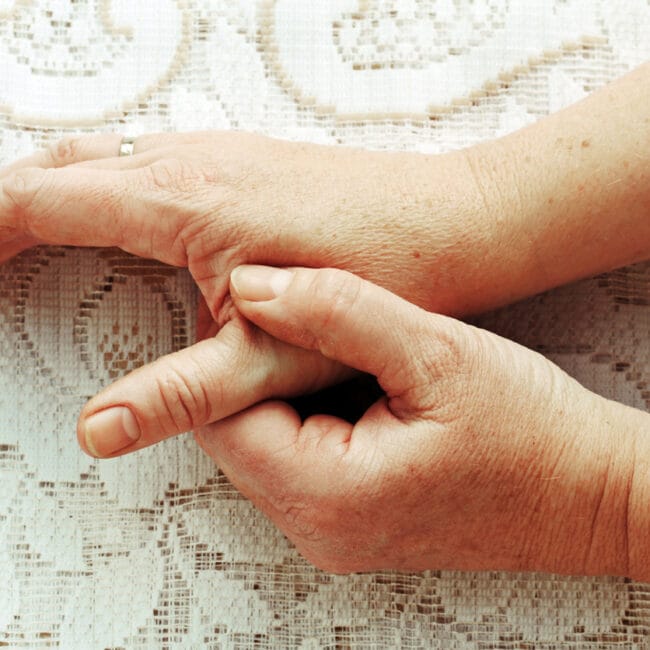Plantar fasciitis, also known as plantar heel pain, is common condition seen by Podiatrists. Custom orthotic insoles are useful devices for eliminating pain in patients’ feet and Podiatrist Robert takes a look at why they might be prescribed when presenting with plantar fasciitis.
Typical plantar fasciitis symptoms described by patients include:
Sharp pain/tenderness under the heel at a location called the “plantar medial tubercle of the calcaneus”
Pain first thing in the morning as the patient steps out of bed. The pain gradually decreases as the day progresses
Sitting for long periods and then resuming weight bearing activities reproduces symptoms.
Limping, as the patient tries to avoid pressure on the painful area
Who experiences plantar fasciitis?
It is said that up to 1 in 10 people will experience plantar fasciitis during their lifetime. A large portion of patients who experience this are over 50 and overweight. Increased body weight can place excessive stress on the plantar fascia, increasing the effort it must work to perform its function and can lead to injury.
Athletes are also susceptible to this condition, due to the large forces that impact the body in sporting activities, like running.
As people age, the fat pad under their heel bone gradually reduces in size. The fat pad is very important as it acts a shock absorber for the heel. If the fat pad decreases in size, this will increase the compression force acting directly on the origin of the plantar fascia.
In most cases, the plantar fascia in females is not as thick as their male counterparts which puts them at higher susceptibility to this condition.
Think of the plantar fascia as a beam. During sporting activities, the plantar fascia is placed under high stress. If the beam (plantar fascia) is thinner in females then it is more likely to break (causing injury). The male beam (plantar fascia) is thicker and can take more force. Therefore, it will not get injured as easily.
What could be the cause?
High forces acting on the plantar fascia over a period of time can cause the tissue to become painful. Tension and compression forces are the main issues, both of which can be altered by insoles.
To give the tissue a chance to heal, your Podiatrist needs to decrease these pathological forces acting on the plantar fascia. One of the ways Podiatrists do this is by using insoles.
Think of insoles as therapeutic devices with different dosages. The design modifications determine the dosage of the insole.
A low dose insole would be something like a simple gel insole. This type of insole is simply designed to cushion the foot but fails to address the tension forces acting on the foot. An example might be tight calves causing an increase in tension force on the plantar fascia. Even the amount of gel cushioning on these insoles may not be the required amount in your case, as everyone is unique.
I often see patients coming into the clinic with plantar heel pain and they say, “I don’t want any insoles as I bought two pairs already and they cost 400 euro each!”
More often than not, these insoles are rigid with no cushioning or semi rigid with no cushioning. Both could be addressing the high level of tension forces on the plantar fascia but lack the ability to reduce compression forces as there is no cushioning.
So, what does an effective insole look like?
The ideal insole will address both the tension and compression forces.
Your clinician should have an array of options to use on the mid and top layers to help tailor it to what you individually need. I like to use 6mm total thickness consisting of 3mm of PPT (cushioning material) for the mid layer and 3mm of Spenco (cushioning material) for the top layer. This thickness is effective at lessening the compression forces on the plantar fascia and does not make the insole feel bulky inside the shoe or runner.
Insole modifications to reduce tension in the plantar fascia are patient specific, here are three common ones used by Podiatrists.
In order to decrease tension forces, the Podiatrist should use a deep heel cup built into the insole. This will reduce the speed and magnitude of pronation (arch lowering) and help take the load off the plantar fascia.
Arch support that is sufficiently rigid will decrease the pronated (arch lowering) position of the foot. It is redirecting force away from the heel and onto the arch itself, therefore reducing both tension and compression forces at the same time.
Finally, the kinetic wedge insole modification. The plantar fascia is one of tissues responsible for keeping your big toe on the ground when you are standing. When the plantar fascia is injured, in some cases, the big toe finds it harder to bend upwards as the plantar fascia has become “tight”. This modification looks like a “cut out” under the big toe joint. It takes “load” off the plantar fascia and makes it easier for your big toe to bend. The big toe is joint is especially important for walking so it is vital that it can bend upwards with ease!
Treatment tips that should be used with insoles
Reduce aggravating activities, particularly if pain is over 3/10. With 0 being no pain and 10 being the worst pain imaginable.
Avoid barefoot walking! Try to wear your insoles as they have cushioning built in.
Highly cushioned Oofos or HOKA recovery sandals are extremely useful. It should be worn getting out of bed in the morning to reduce microtrauma to plantar fascia.
Calf stretches, super important. The correct number of reps can be prescribed by your Podiatrist.
Icing therapy 2x daily for 10 mins. This will help with symptoms only.
Foot mobilization therapy is a great option for difficult to treat plantar heel pain. This is a form of physical therapy performed by your Podiatrist. It reduces tension in your feet and gives your plantar fascia a chance to heal. Ultimately it leads to pain free feet.
If you are still having pain, please contact your Podiatrist for a bespoke treatment plan.
At Spectrum Foot Clinics we provide a specialised custom orthotics service. Find out more here.










